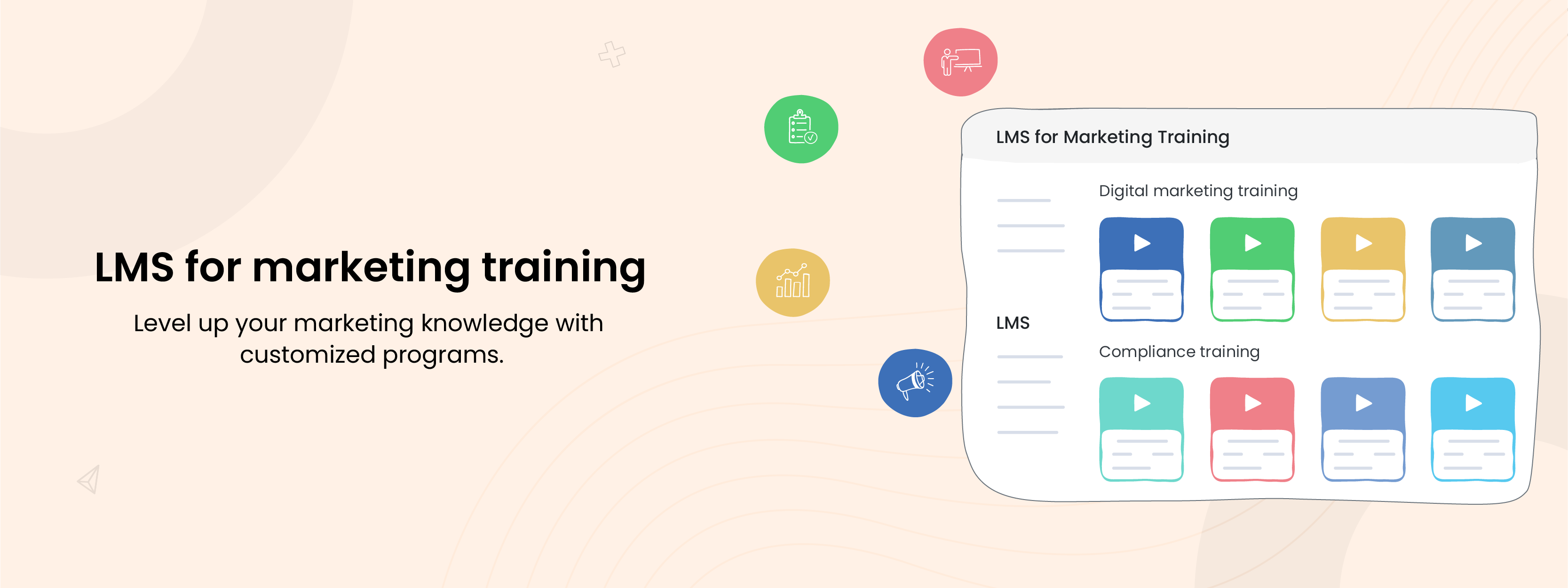Times are changing quickly, and there is no denying that the pace of technological change continues to increase and in today’s globalized world, demands on employees also continue to grow.
In its recent Future of Workplace Learning report, LinkedIn shed light on the importance of upskilling and reskilling. According to LinkedIn, 74% agree that learning and development have become more cross-functional and 72% agree that it has become a more strategic function in their organization. That is why organizations are looking to upskill and reskill their employees to make them fit for different positions.
But first, what’s the difference between upskilling and reskilling and why are these important? Let me take you through the answers to these questions and discuss how to implement these strategies.
What are Upskilling and Reskilling
Upskilling
In other words, those who learn and improvise their current job or task are upskilling themselves – for example, say you are a graphic designer who uses a tool like Photoshop. If a new version is released, you will learn the latest version, which will help you improve at your current job.
Reskilling
Reskilling, learning a completely new set of skills to perform better in the current position or entirely for a new job. Primarily, one reskills when they think their existing skills are not competitive enough for the role they want to try. When you reskill, you add new skills to your CV, making you a better candidate than before. Reskilling helps you advance in your career faster, change positions or roles, or even secure a better or different job. For example, a developer who wants a different job can acquire Big Data or Data Science knowledge to land a Data Scientist job!
In short, reskilling is about versatility, whereas upskilling is about specialization.
Why are Upskilling and Reskilling Important
Lack or gap of skills can be a problem for both organizations and individuals. They hinder:
- Productivity
- Adaptability
- Efficiency
Looking at the current job market, you will need to upskill and reskill to succeed in the next decade. According to the Future of Jobs Report, business leaders say that around 40% of their workforce needs to be reskilled in the next six months, meaning most employees need a new set of skills for their jobs.
Reskilling and upskilling strategies allow you not to be stuck in a role forever. With learning, you grow, which is an attractive proposition for employers. It also makes you more agile and more comfortable interacting with groups of different minds.
So how do you upskill or reskill?
First, let us discuss the two types of skills that you can improve on.
- Hard skills that link to a particular technical knowledge and training.
- Soft skills that enhance personality traits such as leadership, communication, or planning.
Both skills are essential to perform and advance successfully in your career.
Now, how can you build your hard skills?
- Look for free or low-cost training
- Consider getting certified
- Take free online courses
- Set learning goals
- Explore vocational training
- Get formal education
- Freelance your new skills
Nurture your soft skills by:
- Displaying initiation
- Volunteering leadership
- Inculcating teamwork
- Developing your Emotional Intelligence
- Thinking creatively
- Working on stress tolerance and management
Before we conclude, a quote by John Addisonhere – You’re either green and growing or you’re ripe and rotting. The same goes for learning. Here are some platforms where you can start upskilling and reskilling yourself – Edx, Udemy, Coursera and Khan Academy.



